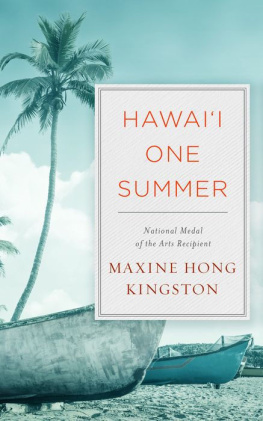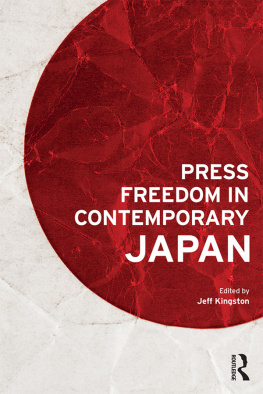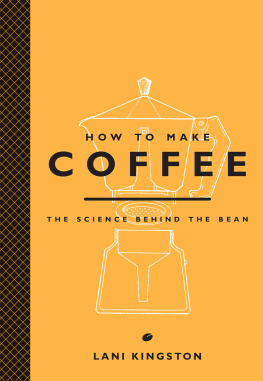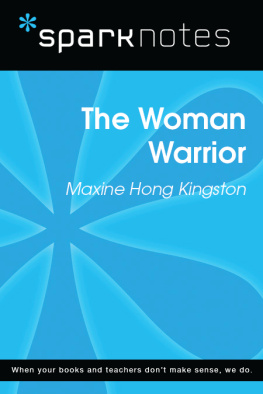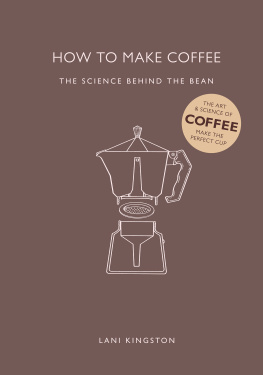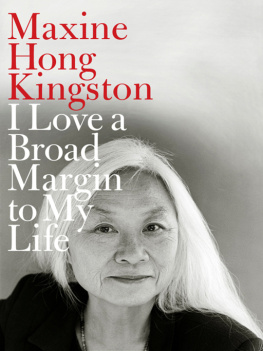With the exception of the two Prefaces and Lew Welch: An Appreciation, these ten pieces appeared in The New York Times in 1978, all, except A Sea Worry, as a weekly column entitled Hers, and are published here with the permission of The New York Times and Alfred A. Knopf, Inc.
Preface to the Paperback Edition
I wrote these essays during the middle of our seventeen-year stay in Hawaii. Reading them today, I see that I have changed, and Hawaii has changed. I am happier, and Hawaii is more wonderful. A black cloud had covered my home place, Northern California. But leaving the Mainland for Hawaii had not gotten us out from under it. The black pall that spread over the world during the long war had still not lifted. In 1978, the year of the Summer of this book, I was continuing my depression from the Vietnam War. The fallout from that war went on and onwars in Cambodia and Laos, MIAs, agent orange, boat people.
A reader of this book surprises me. She asks, Why the many allusions to suicide? I reread these pages, and see: Mortgage meant death. The bombing of Kahoolaweby ANZUS and Japan. My son haunted by the ghosts of Mnoa, and I haunted by the ghost of a lost poet. Natures creatures suffering and killing. Klua pig looking like a haole human being. And homesicknessbut if I do not feel at home in Paradise, where is home? My first take on Hawaii was, Here I am arrived at the Land of Lotus Eaters, and Im not going to leave. I thought I was writing light-hearted essays.
This same sympathetic reader wondered, Could it be that youd broken taboos by writing and publishing secrets? Well, it did not feel good to be a writer in a place that is not a writing culture, where written language is only a few hundred years old. The literary community in Hawaii argues over who owns the myths and stories, whether the local language and writings should be exported to the Mainland, whether or not so-and-so is authentic, is Hawaiian. For me, Hawaii was a good place for writing about California and China, and not for writing about Hawaii. I felt the kaputhese are not your stories to write; these myths are not your myths; the Hawaiians are not your people. You are haole. You are katonk. My great grandfathers, one on my mothers side, one on my fathers side, and my paternal grandfather lived and worked in Hawaii. Even so, they were not kamaina, and I am not kamaina.
Once, on the Big Island, Pele struck me blind. She didnt want me to look at her, nor to write about her. I could hear her say, So you call yourself Woman Warrior, do you? Take that. I feel fear even now as I write her name. And I could hear the Hawaiians: You have taken our land. Dont take our stories.
Hawaii held an Asian Pacific American writers conference the very Summer of this book. We addressed one another with rancor and panic, though some did try for aloha. The name Asian Pacific American had barely been thought, and many people denied every term in it. We were divided between those who would give the stories, myths, ceremonies to whoever hears them, and those who would have possession be by blood. So, I decided that I would write personally, about myself and my family, about homesickness for California, and my upcoming high school reunion, about washing the dishes, teaching school, reading. I would publish these humble pieces in New York, and bypass Hawaii. I meant to honor kapu, not touch kapu things at all.
But though I did try to leave her out, Hawaiipeople sing her and speak of her as Spiritmade her way into these essays. Writing about buying our first house, I worried that I was trying to own property that had been a Royal Hawaiian Land Grant. Describing Nature, the sea, the air, the lands and fish, is describing Hawaii. I studied Lew Welch on dialect because I was thinking about Hawai is languagehow to teach standard English to students who speak pidgin without offending or harming them?
Now, a dozen years after leaving her, I realize a way free to tell a story of Hawaii.
In 1980, I was recognized as a Living Treasure of Hawaii. The enrobed monks and priests of the Honpa Hongwanji Mission at the temple on the Pali chanted Sanskrit, and passed a certificate through the incense that entitles me to all the rights, privileges, and consideration of a Living Treasure of Hawaii. Some of my fellow Living Treasures are Mary Kawena Pukui, Gabby Pahinui, Herb Kawainui Kane, Francis Haar, Bumpei Akaji, Satoru Abe, Auntie Irmgard Farden Aluli, Don Mitchell, Auntie Emma Farden Sharp, Tadashi Sato, Eddie Kamai, and everybody, really, only not yet formally recognized in ceremony.
As a responsible Living Treasure, I feel called upon to tell you a story that will give help and power. Once there was a prophecy that Kamehameha would conquer all the islands if he could build a great temple to his family war god, K-kili-moku. Setting some of the lava rocks and boulders with his own hands, Kamehameha built the heiau on Puukohol, the Hill of the Whale, at Kawaihae. His domain at that time was the northwest half of the Big Island. Before the heiau could be finished, the chiefs of Maui, Lnai, Molokai, Kauai, and Oahu raised an armada and attacked Kamehamehas land and people. Kamehameha repelled the attack, and completed the building of the massive temple. To dedicate it, he summoned his cousin, Keoua Kahuula, ruler of the rest of the Big Island, to come to the ceremony. It was understood that Keoua Kahuula would be the gift to the war god. In honor, he could not refuse this call, but he emasculated himself; Kamehameha would not have a perfect male sacrifice. Kamehameha waiting on shore, Keoua Kahuula arose in his canoe. Kamehamehas counselor and father-in-law, Keeaumoku, killed him. Keouas blood and body sanctified the new temple. Enmity between their two clans lasted for two hundred years.
In 1991, descendants of Kamehameha and descendants of Keoua Kahuula had an inspiration to heal the bitterness, grievances, and enmity of the past two hundred years. The families gathered at Puukohol Heiau, and re-created the event of long ago: Keoua Kahuula approaches Kamehameha. This time, they meet and walk on together.
To Kamehameha I, unification meant conquering all the Hawaiian people by war. Now unification is the coming together of former enemies in peace. It is possible to heal history. It is possible to be one people living in harmony.
I heard the above story from Jim Houston, who heard it from the Park Service and from Kalani Meinecke, who narrated the unification ceremony at Puukohol Heiau.
I am not the person I was in the War essay, and the Dishwashing essay. Now looking back at Sanctuary at the Church of the Crossroads, I remember the AWOL soldiers who were true pacifist heroes. And the black cloud no longer hangs over Hawaii. I am more joyful and hopeful than when I was young. And I love washing dishes, which attitude is the answer to that koan.
Ke aloha n! Aloha!
Mainland, 1998
P.S. I must tell you about the incarnations of the pieces in this book. Most of them first appeared in my Hers column in the New York Times, which rejected Lew Welch: An Appreciation. I thought: New York is too provincial to understand the Pacific Rim. But now I see that I didnt follow Lew Welchs disappearance far enough. He got off at

